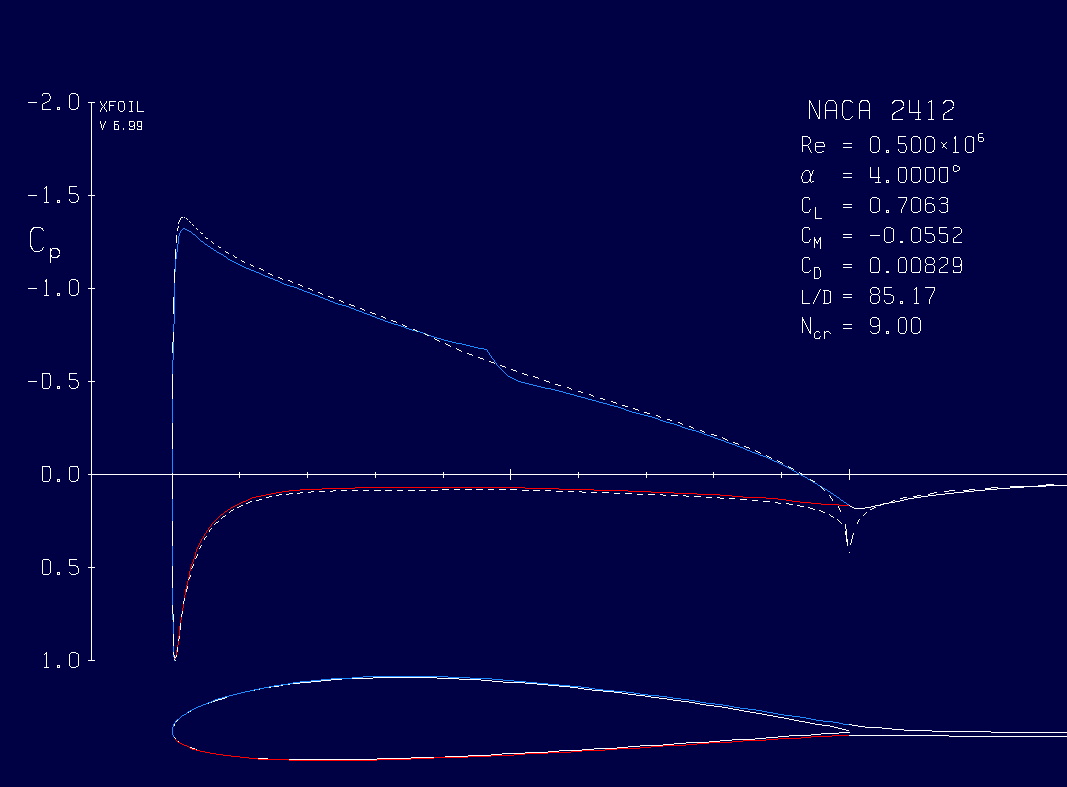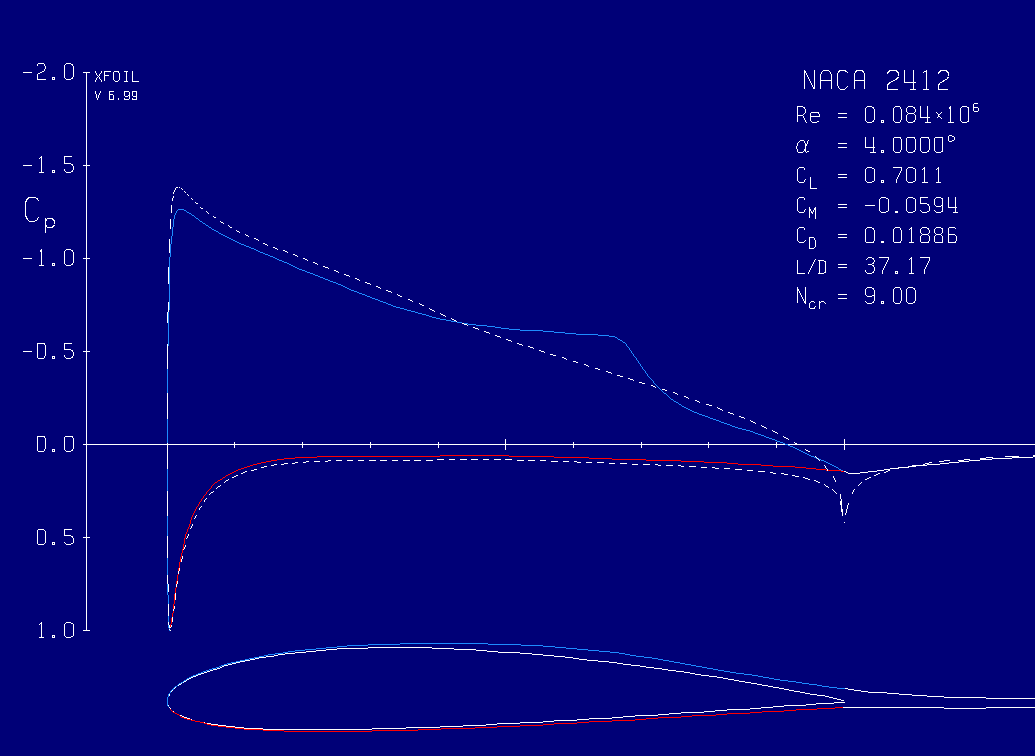Educator Onboarding
LEO Art Challenge Workshop
ICE 2019: Satellite Tracking, Orbits, and Modeling
SEEC 2019: Satellite Tracking, Orbits, and Modeling
Workshop:ITEC Trek-a-Sat
Workshop: 2018-01-27 Yerkes
Workshop: 2017-10-28 Carthage-Yerkes Electrostatics in Space
Workshop: 2017-06-29-BTCI-Life in Space!
Workshop: 2017-03-11 Yerkes
Workshop: 2017-02-07 SEEC
Workshop: 2017-01-28 Yerkes
Tools You Might Use
Educational Learning
Standards
Documentation
An explanation of aerodynamic lift
Esquema de tópicos/temas
-
Author: Peter Higgins, PhD Updated August 2023
Keywords: aerodynamics, lift, wake turbulence, Bernoulli, flow equations, openFOAM, XFoil, JavaFoil
Intended for students 14+
Prerequisites: some basic science, but there are few equations here, whats really needed is curiosity and an interest in airplanes.
Lift is explained as resulting from circulation, and is not the consequence of the widely held but the erroneous equal transit time hypothesis. Both wind tunnel observations and the author's own wing modeling in OpenFoam are used to explain what really happens. It is seen that the vortices that are a danger to following aircraft taking off behind jumbo-jets are also explained as a necessary result of lift generation. This lecture puts the Bernoulli equation in lift generation in proper perspective. The presence of lift in other atmospheres, such as found on Mars, is discussed.
This lesson is intended for high school and lower university levels. It introduces students to the excellent book on the subject by Clancy. Hopefully, some will be inspired to learn computer modeling by looking at the results presented.
Aerodynamic lift refers to the force pushing upwards that is generated on an airplane wing when it moves through the atmosphere. In short, lift keeps the airplane flying, without lift planes can not fly even with powerful engines. Rockets can, but that is another story.
Lift can be understood by wind tunnel observations. When a wing is angled into the flow slightly upward, the flow is always faster flow over the top than under it. According to the principle of conservation of energy, such faster flow lowers the top surface pressure forcing (or sucking) the wing up. This principle was discovered by Daniel Bernoulli and will be discussed later.
A question remains, however, why is the top flow faster when lift occurs? A common reason presented for this phenomenon is that the path over the top surface is longer than the path along the bottom surface so that flow over the top speeds up to join its counterpart at the trailing edge. This is wrong because as observed in wind tunnels, when flow recombines the top flow does not meet its counterpart that split at the front. The real reason is described in this lesson.
Anticipating that some students will want to learn more about the performance of wings, known as airfoils, this lesson identifies three programs available for free that can be run by high school students to quantify lift for different airfoils. Airfoil shapes for different airplanes, like the Boeing 747, can be downloaded from the Internet. Analyzing wing performance could be a great Senior project.
Lastly, since this lecture has been done with space exploration in mind, the lift of NASA's Martian helicopter is studied. It is noteworthy that it actually flew successfully because the Martian atmosphere is so thin compared to the Earth's. You can run the programs discussed in this lesson to see for yourself.
-
"What about lift on Mars?"
Lift is directly proportional to density and velocity. Since the density of the Martian atmosphere is much less than our own atmosphere (0.020 kg/m3 ), it would seem likely that lift on Mars would be much smaller, and that large blades swirling at high velocity would be needed. Here is a picture of NASA's Martian helicopter and its specifications:

Tech Specs
Mass 1.8 kilograms Weight 4 pounds on Earth; 1.5 pounds on Mars Width Total length of rotors: ~4 feet (~1.2 meters) tip to tip Power Solar panel charges Lithium-ion batteries, providing enough energy for one 90-second flight per Martian day (~350 Watts of average power during flight) Blade span Just under 4 feet (1.2 meters) Flight range Up to 980 feet (300 meters) Flight altitude Up to 15 feet (5 meters) Flight environment Thin atmosphere, less than 1% as dense as Earth's The NASA Glenn Research Center has made available a JAVA program calculating lift on Mars as covered in the next section which confirms the loss of lift in the thin Martian atmosphere. Comparing lift for the same design airfoil, they found lift dropping to 1.2 % of the lift value for Earth.The MIT program for lift analysis called XFoil has been used to compare lift on Mars to lift on Earth by considering two Reynolds numbers (ρvL/μ) 500000 for Earth and 84000 for Mars (the correction for ρ/μ being .0168 with velocity and the airfoil constant ). This program shows a L/D ratio of 37/121, or Martian lift is about 30% of lift on Earth corrected for density and viscosity. This higher result compared to the analysis from the Glenn program seems reasonable considering the successful flight of the helicopter on Mars.


